The Difference Between N95 Masks and Surgical Masks
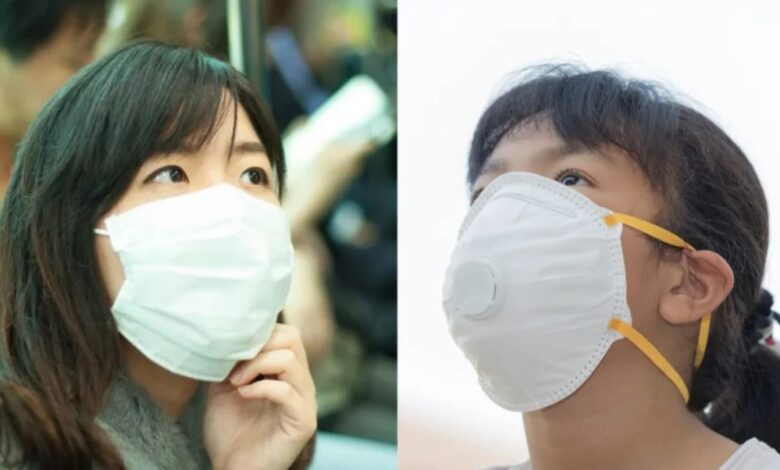
As the worldwide coronavirus (COVID-19) outbreak gets closer to completing a year on Earth, it is posing unprecedented challenges in different territories. In the case of Canada, the difficulty comes in curbing down the second wave of the pandemic.
Since mid-September 2024, nationwide COVID-19 cases have been on the rise. On October 13, the country noted its highest daily cases to date with a staggering count of 4,042 positive tests. In contrast, the previous record was set on October 5, with 2,804 cases recorded in a single day.
This calls for an immense focus on safety measures such as social distancing and mask-wearing. If you are running low on essential equipment, the current availability of face masks may also lead you to make critical choices between a surgical mask and an N95 mask during your restocking process.
But that’s where it gets tricky. While both of these masks are widely available across a variety of sellers, they are quite different from each other. In fact, substituting a surgical mask with an N95 respirator or vice versa can be highly dangerous to you or the people around you.
That’s why it’s critical that you understand the differences between both of these masks and choose the one that serves your required purpose during COVID-19. Learn more.
What Does an N95 Mask Do?
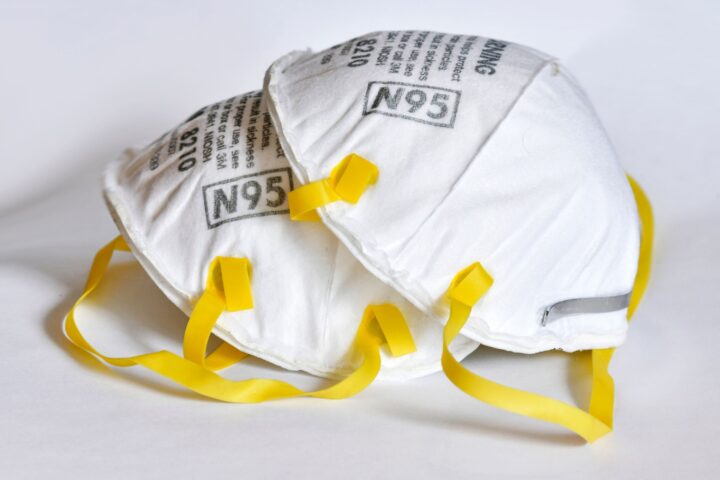
Since COVID-19 became widespread, the N95 has been the talk of the town. Whenever someone mentions wearing a face mask in a social setting, this particular type of protective face covering gets a passing mention or a quick thought at the very least.
But despite its popularity within the general public during COVID-19, the N95 is not meant for public use. Instead, it is a critical personal protective equipment (PPE) that is supposed to be used only by select professionals.
It’s because the N95 is a filtering facepiece respirator (FFR), which uses a particulate filter mechanism to clean the air around the wearer.
With the ability to block out particles as small as 0.3 microns, the synthetic polymer mask can clear the air from at least 95 percent of such contaminants. This includes particles from dust, fumes, and mists. That’s also where its distinct name comes into the picture.
While the virus that causes COVID-19 has a size of 0.1 micron, it attaches itself to something larger such as respiratory droplets. As a result, the N95 FFR can efficiently protect the wearer in highly viral environments.
The mask is professionally fitted with two bands that are wrapped around the wearer’s head. It also creates a seal against their face and makes sure that unfiltered air doesn’t make its way to the wearer’s nose and mouth.
That is why healthcare workers in COVID-19 treatment settings term the N95 mask as a critical PPE for their safety.
What Does a Surgical Mask Do?
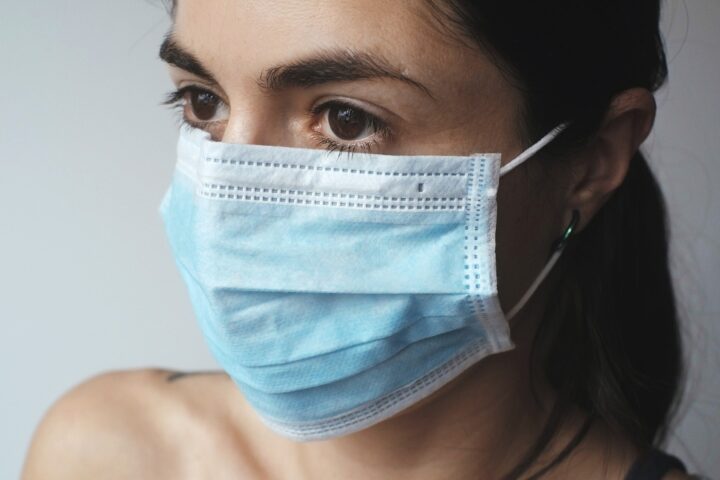
Surgical masks are made out of the synthetic fiber, with a structure that involves multiple layers and a pleated design. It is mainly worn by healthcare professionals such as doctors, surgeons, nurses, and dentists. This is why it is also known as a medical mask.
With its loose fit and ear loop bands, the surgical mask fulfills the purpose of protecting the wearer from splashes and splatter of bodily fluids during medical procedures. This includes processes such as surgeries, dental cleanings, and tracheal intubation.
When it comes to applications during COVID-19, surgical masks do not block out the virus that causes the novel coronavirus disease. Instead, they serve the purpose of absorbing the wearer’s respiratory droplets by covering their mouth and nose.
If the wearer is infected with the novel coronavirus, putting on a surgical mask can reduce the transmission of their respiratory discharge in the air. As a result, it can decrease the chances of the virus’ transmission in settings where social distancing isn’t possible.
With the possibility of asymptomatic infections that cannot be detected but remain viral, surgical masks are ideal for public use in scenarios where maintaining a distance of 2 meters is not possible. That is why you can see them across various public places such as buses, trains, and retail stores.
The N95 Respirator Protects the Wearer, While the Surgical Mask is Good for Community Health
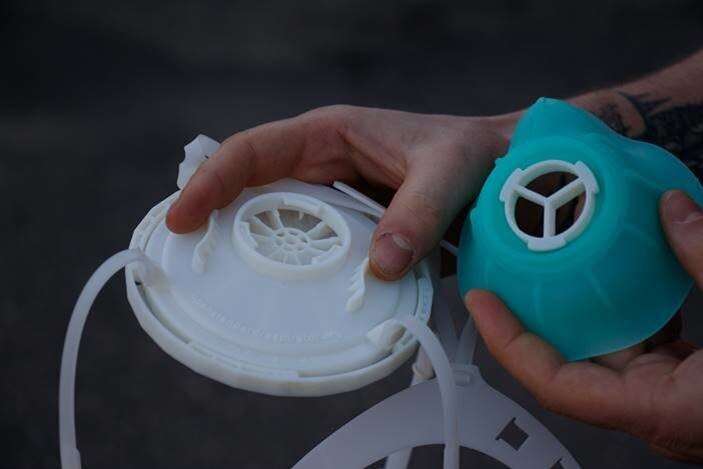
It is quite critical to mention that while the N95 mask protects the wearer, it does not deliver the same function to those around them. It’s because this FFR only filters the air that is being inhaled by the wearer. When someone wearing an N95 respirator breathes out, their respiratory droplets can still escape into the air.
In such cases, if the wearer has a COVID-19 infection, they can still spread the virus to others around them. That is why, the N95 respirator is only advised for COVID-19 treatment rooms where the virus already infects patients, and other healthcare professionals have similar FFRs on their faces. N95 respirators can be used by those who work in dust or smoke-ridden conditions other than healthcare workers.
But surgical masks work the opposite way in terms of COVID-19 applications. Since they have a loose fit, they don’t block out novel coronavirus particles from the air as effectively as an N95 respirator can. However, their overall structure still absorbs respiratory droplets from the wearer and reduces the virus’s chances of community spread.
This particular application is in line with the advice of Canada’s chief public health officer Theresa Tam, who has suggested that those who cannot practice social distancing wear face coverings instead. Other health experts across the country have backed this.
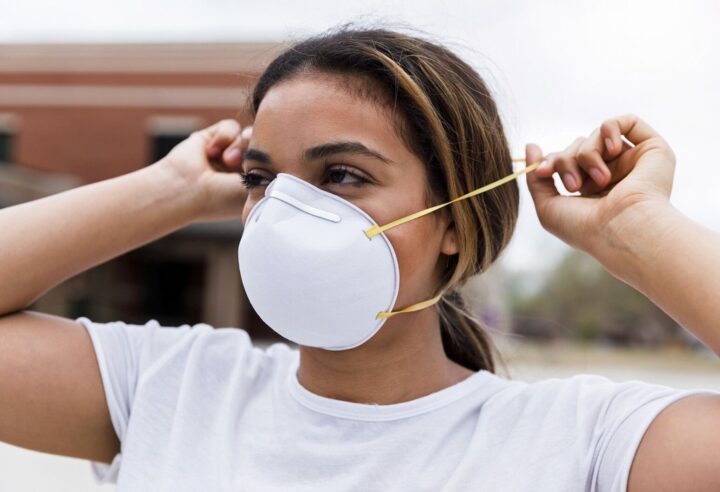
Healthcare Professionals in COVID-19 Settings Need to Choose N95 FFRs
If you are a member of the general public with no direct contact with COVID-19 patients, wearing a surgical mask is the better option for you. This helps you follow the health and safety guidelines in order to protect your community.
But as a healthcare professional, an N95 mask is the only option that can protect you in highly viral settings such as COVID-19 treatment rooms.
With its fitted seal and intensive safety, the N95 FFR is one of the most beneficial options in respiratory protection. If you interact with COVID-19 patients on a regular basis, is the ideal protection mechanism for you.

